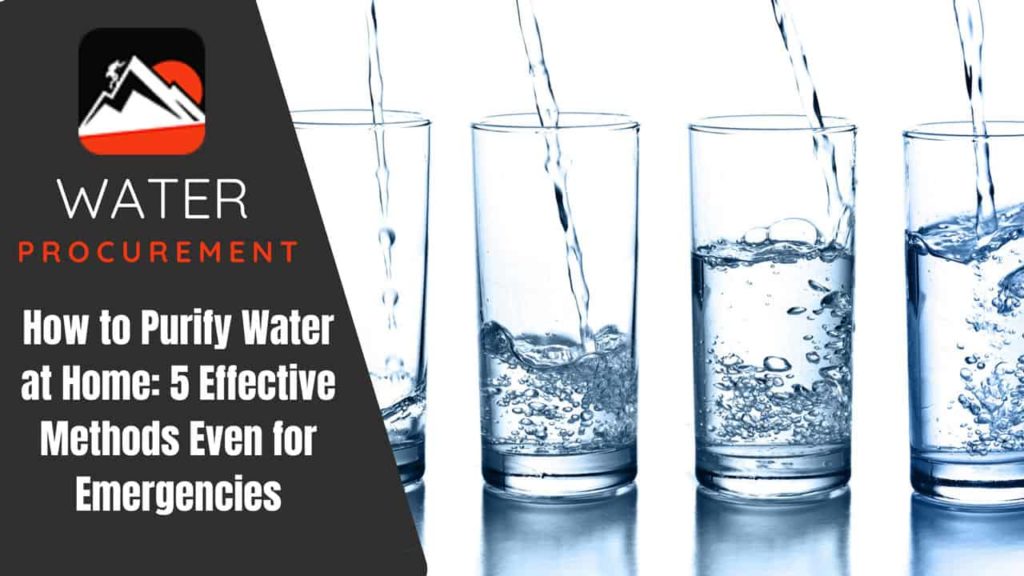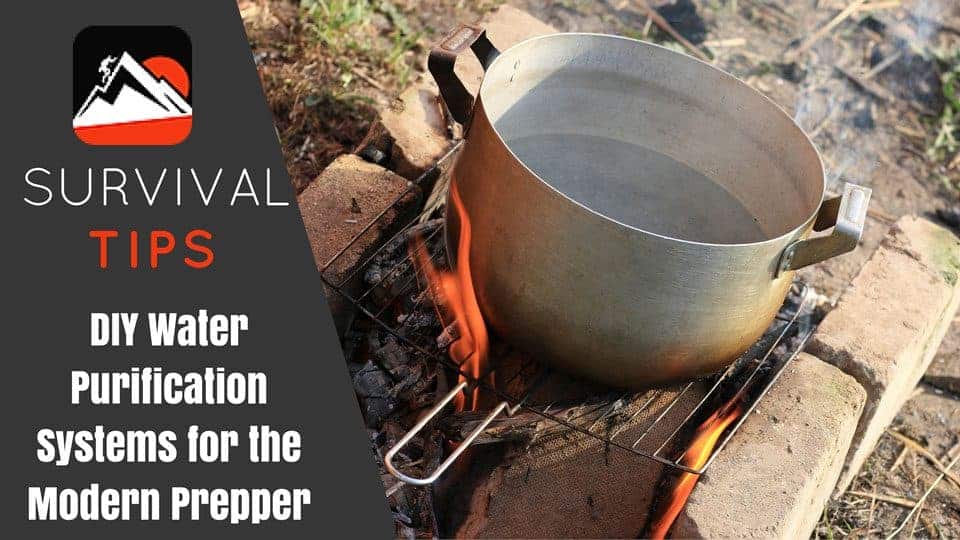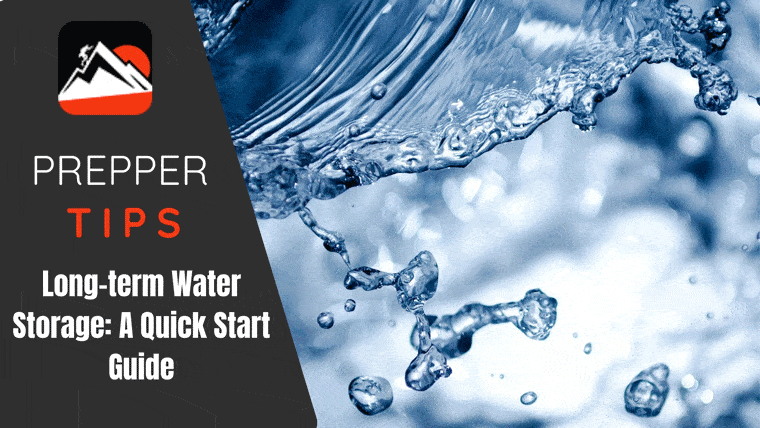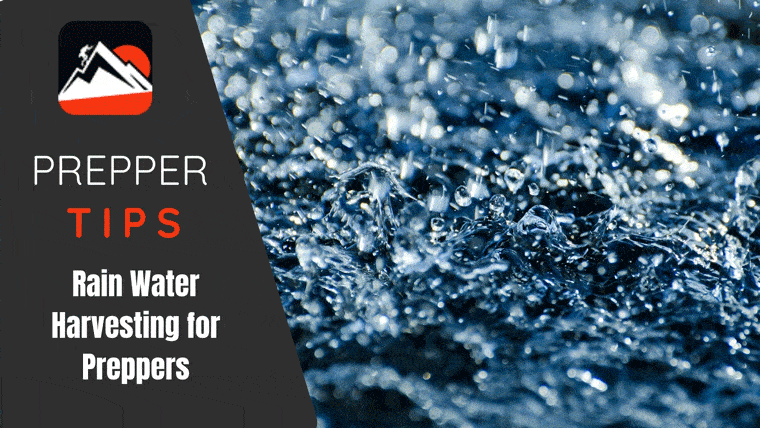Contents
From rioters and hackers to rouge nations with nuclear bombs, it is no secret that our society, and the water we depend on is in great peril. Along with misguided human factions, nature itself has many means to render water resources virtually useless. Hurricanes, tornadoes, and many other catastrophic events are on the rise. Both man made and natural water damaging events are also going to get much worse as the global climate changes and basic needs for survival become scarce.
Regardless of what political side you are on, or what you believe about climate change, the fact remains you will need to know how to purify water on your own if you expect to survive a major crisis.
Water Testing: Do You Need a Kit?
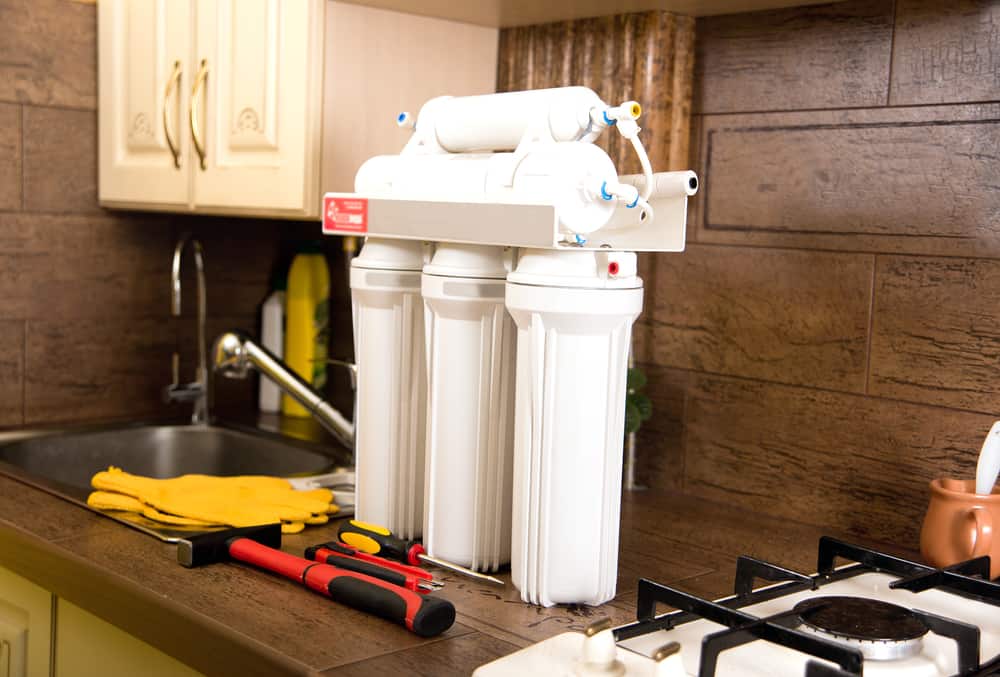
Not every water source is going to have the same kind of contamination. On the other side of the equation, certain kinds of filter media and other resources are expensive. If a crisis is bad enough and goes on long enough, even more common items may no longer be easy to obtain. This all points to conserving non-renewable filter media as much as possible.
A testing kit can make it much easier to determine which kinds of contamination you are dealing with so that you can focus just on those elements, and hopefully save various parts of your water purification kit for when they are needed most.
Here are 5 Contaminants You Need to be Able to Detect and Eliminate From Water:
You might also find interesting our article about how to purify water with silver.
Dust and Debris
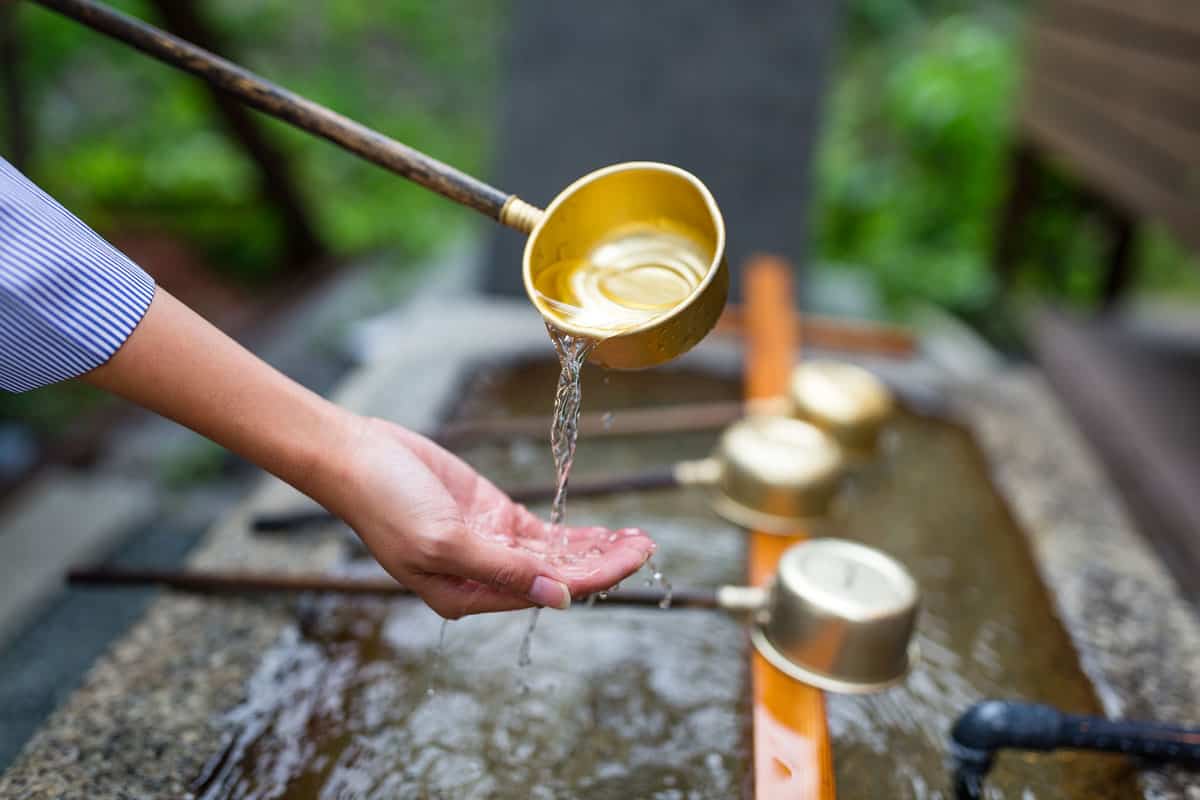
From twigs and leaves to dust and floating algae, debris can make water look unsightly and taste bad. Debris is also likely to carry germs that can make you sick. When filtering water, getting rid of visible debris is the first step to take.
- How to Detect It – Detecting debris is very easy. Just put the water in a clear bottle and hold it up to a bright light. If you see stuff floating around, or the water is discolored, then you need to filter out solid debris. You can also use a magnifying glass if the water looks only slightly dusty in order to get a better idea about smaller particles.
- How to Remove It – Of all the contaminant types, debris is one of the easiest to remove. All you need are different sized bits of gravel or sand to filter the water through. You can store the filter media in one or more stockings and reuse it indefinitely.
- The layers of filter media should get finer as the water goes through. For example, at the top of the filter, where you pour the water in, you might start off with fairly coarse gravel that will catch twigs and larger bits of debris. Then, place the finest sand media at the bottom of the filter to catch the smallest particles.
- In order to ensure the filter media is reusable, you must be able to keep each layer separated. When you are done filtering the water, you will need to open up the filter, clean the media, and let it air dry. Remember, everything needs water to live, including germs. The best way to keep your water safe from additional biological contamination is to always make sure you can keep the filter media completely dry after each use.
Chemical
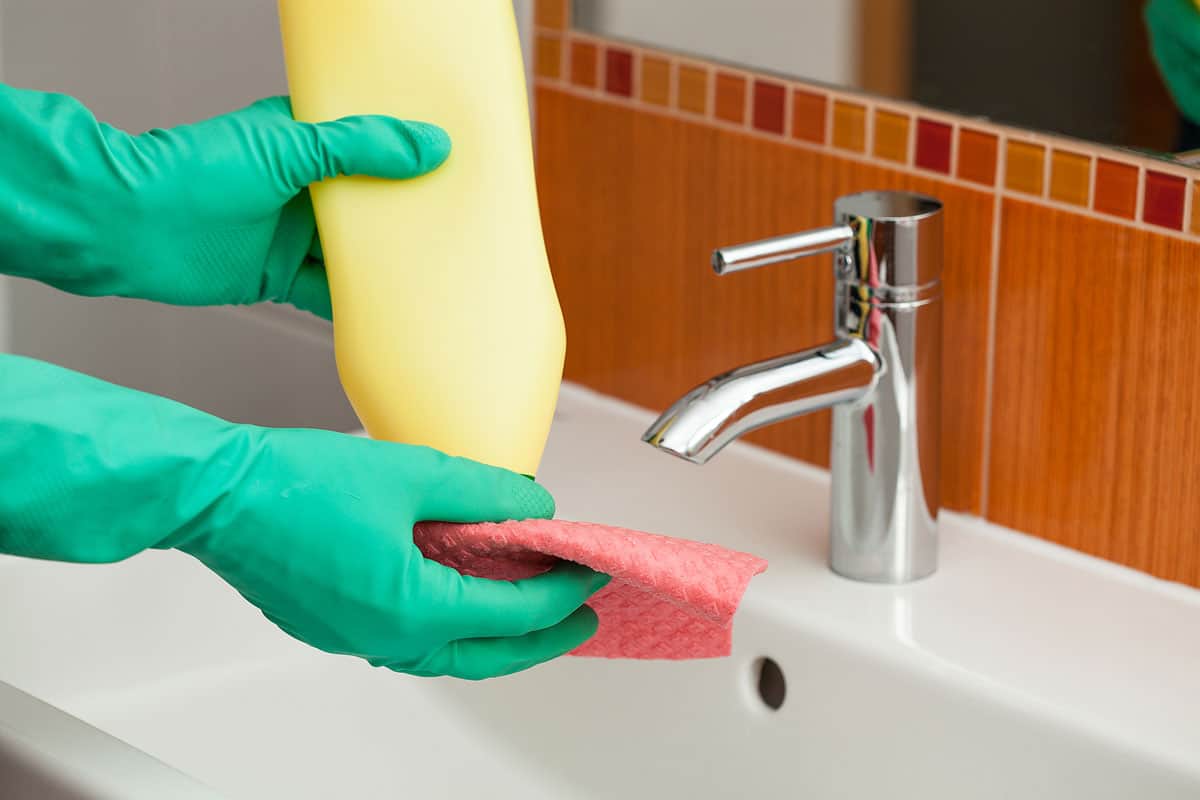
Any number of chemicals can contaminate water. This includes pesticide runoff, oils, drugs, sewage, and just about any other chemical that may be found in or on the surface of the water.
Depending on the molecule, it may or may not be safe to come into contact with. Aside from being poisonous, some chemicals may burn your skin or even cause breathing problems if they get into your lungs.
When it comes to just one chemical, the concentration of the chemical may be a deciding factor in how harmful it actually is. Unfortunately, when you start mixing different chemicals, the results can be unpredictable and far more dangerous. This is why it is very important to remove chemical impurities.
- How to Detect It – One of the easiest things to do is observe the smell and color of the water. If it smells foul or has a color other than clear, then some kind of chemical is present.
- You can also test the pH of the water. Normally, the pH of water is neutral, or 7.0. Anything that causes the pH to go lower than that makes the water acidic, while a higher pH indicates alkaline or base impurities are present. If the water is too acidic or too alkaline, it won’t be safe to drink or use.
- Unfortunately, you can’t rely on these tests alone, but they can give you a starting point to determine which filtration method to use.
- How to Remove It – Most chemicals can be removed by activated carbon. Others may require special resins in conjunction with the activated carbon. The only surefire method is to distill the water.
Never try to remove chemicals by simply boiling water! All you will do is drive off the pure water and leave a higher concentration of chemicals behind. This could easily make contaminated water far more dangerous than it was before.
We also recommend reading our article about DIY gravity water filters.
Heavy Metals
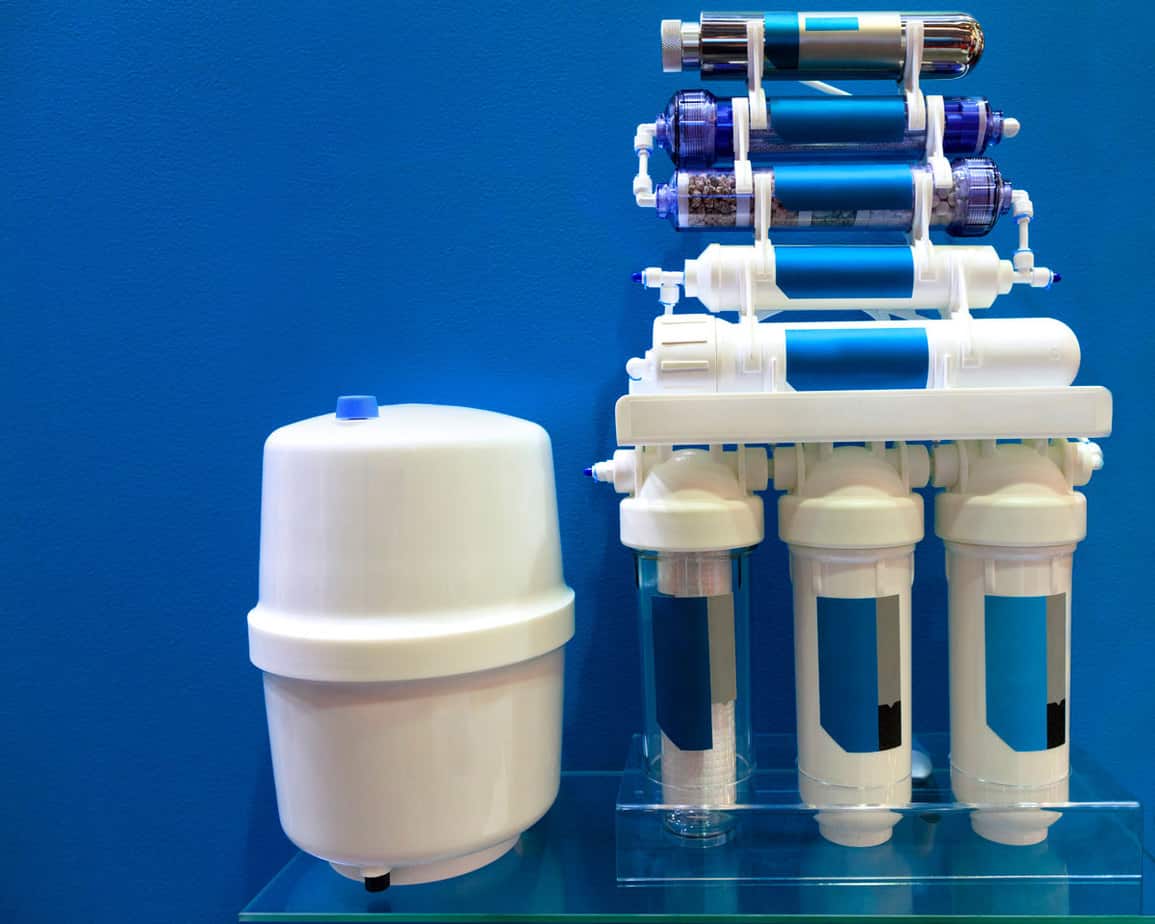
Chances are, you already know that it is dangerous to drink water contaminted with lead and mercury. Some other heavy metals that can cause long and short-term health problems include cadmium, arsenic, and nickel.
Not so long ago, you would have been in more danger from heavy metals flowing through municipal water pipes than from a nearby river or pond. Today, the vast majority of waterways are contaminted with all kinds of heavy metals released from many different sources. For example, lead, cadmium, and nickel, among others are released in car exhaust as well as from factories. Regardless of the source of heavy metal contamination, it isn’t something you can overlook when purifying water during an emergency.
- How to Detect It – The easiest and fastest way to detect heavy metals is to use testing strips designed for this purpose. You may also want to pick up a more comprehensive kit that will also detect bacteria, chemicals, and other contaminants.
- How to Remove It – Some people lump heavy metals in with chemicals. The problem here is heavy metals can’t be removed using activated carbon. You would need to use bone char or an ion exchange resin in the filter. Cilantro and bananna peels will also remove some heavy metals from water.
Distilling the water will also force heavy metals to remain behind while pure water escapes as steam. Once you recapture the steam and condense it, you will have water that is free of heavy metals. As with chemicals, you can’t remove heavy metals simply by boiling the water!
Radioactive
The vast majority of people today don’t realize just how much radioactive material is around them. Aside from that, aging nuclear power plants leak into rivers and streams. According to a report in 2011, a whopping 75% of nuclear reactors in the United States, are, or have leaked radiocative material into the groundwater and nearby above ground freshswater resources.
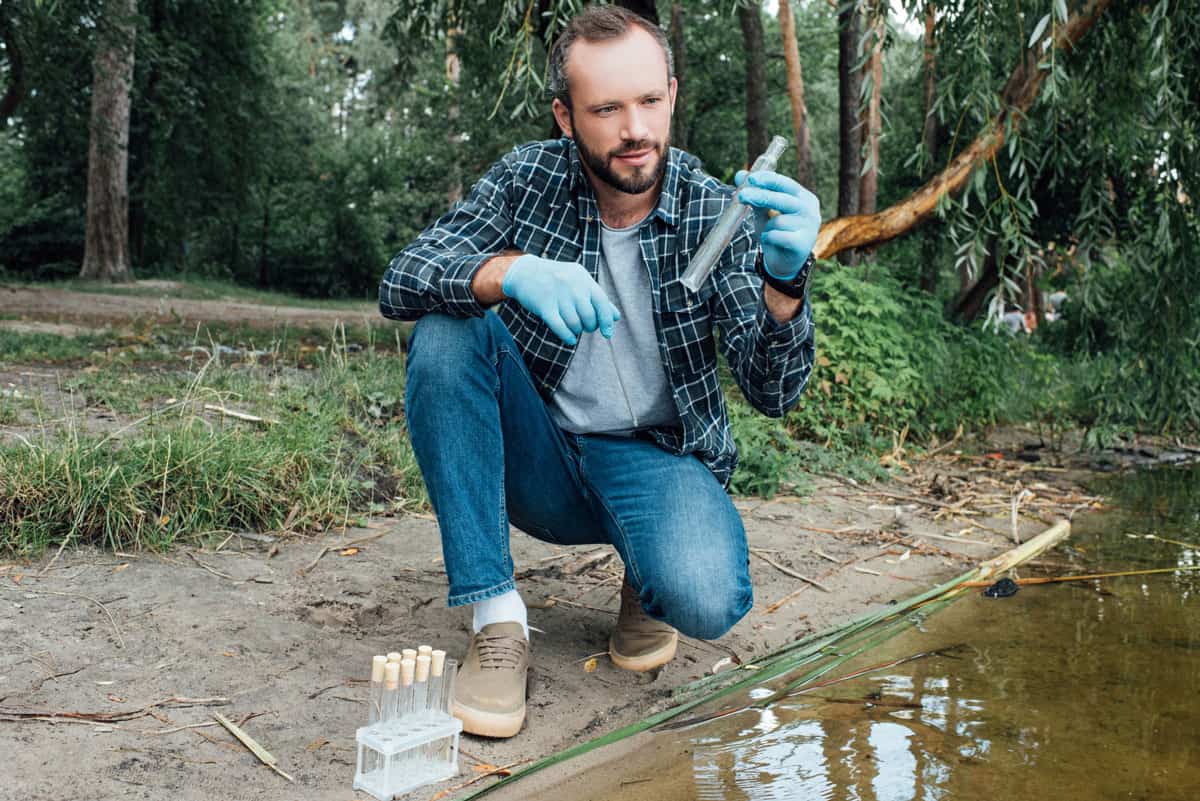
To add insult to injury, there may be numerous problems in other countries insofar as storing and maintaining nuclear weapons, power generating nuclear material production and waste disposal, and nuclear medicine waste disposal.
Even if you believe the odds of a nuclear exchange are low, the fact remains nuclear contamination of the water supply is a very real and a very serious problem. Even small amounts of Tritium and other nuclear contamination can make water unsafe to drink and pose serious health risks.
- How to Detect It – If the local area has higher levels of radiation, there is a good chance above ground water is also contaminated. Today, Geiger counters and Dosimeters come in all shapes and sizes. This includes attachments for your cell phone as well as standalone hand-held devices. You can also build your own custom system.
- How to Remove It – Most nuclear contamination can be removed from water via distillation. Filters that remove debris will also get rid of some radioactive materials.
The big challenge is Tritium. This is actually a form of water in which the Hydrogen atoms contain an extra neutron. Right now there are no Tritium removal tools available at the consumer level.
Biological
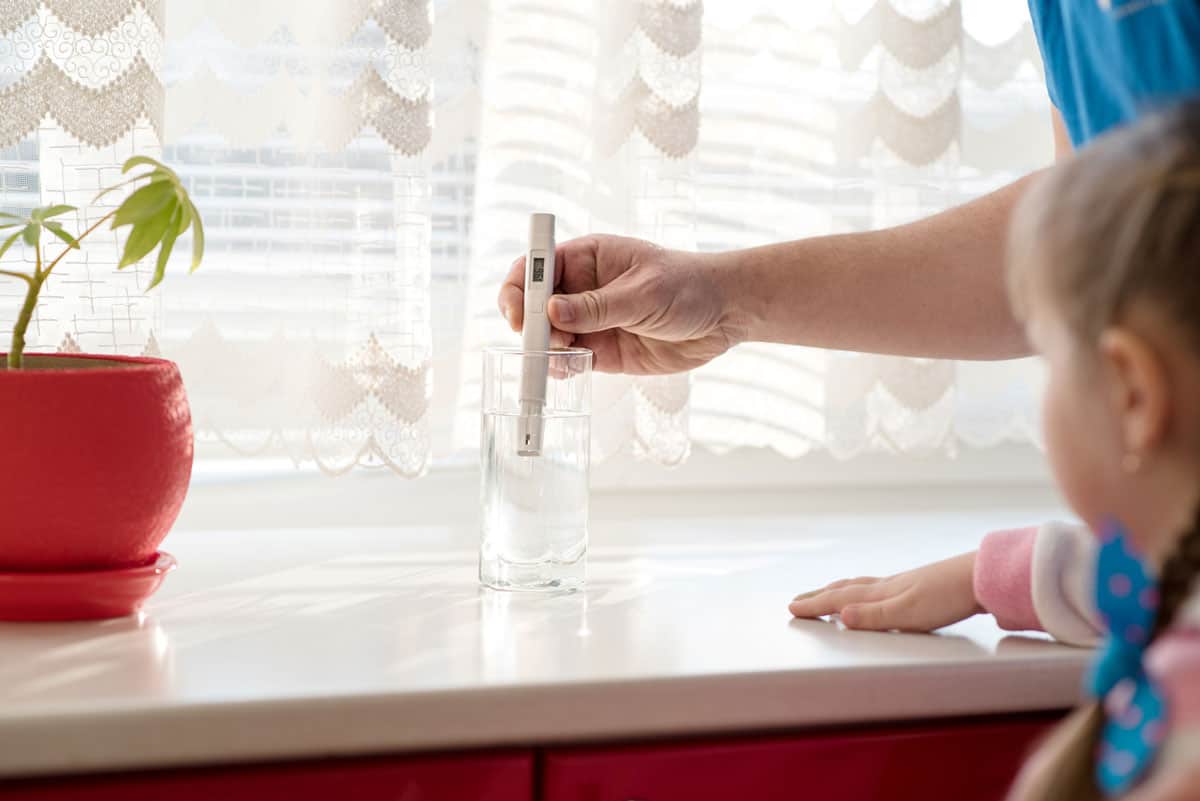
Bacteria, parasites, and viruses can all cause serious illness or death. Even though you may not see them floating around the water, that doesn’t mean they aren’t present and capable of causing harm if you take them while drinking water.
These organisms can also pose harm to your wellbeing if they are able to get into your body via cuts and other forms of skin damage. Some can also get through mucus membranes in your eyes, mouth, nose, ears, and private areas.
- How to Detect It – You can see some bacteria using a cheap microscope. Viruses, however, require far more expensive equipment. There are also water testing kits available, however they may not cover all the biological based threats found in any given water supply. Your best bet is to assume the water is contaminated and use at least one reliable method for clearing biological contamination.
- How to Remove It – The most reliable method is boiling or distilling the water. Do this step after you have eliminated chemical, heavy metal, and nuclear contamination in order to avoid concentrating those contaminants.
Basic Steps to Follow When Purifying Water
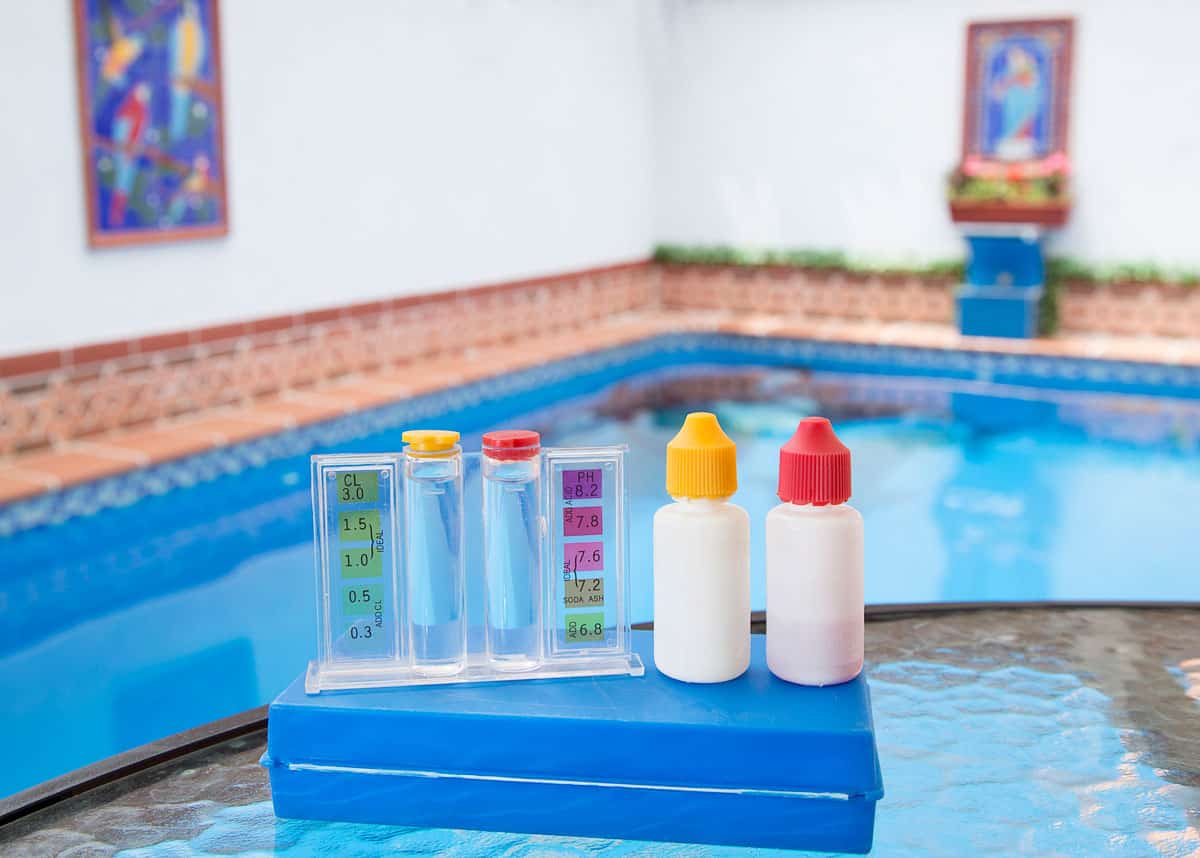
Purifying water isn’t just about using a series of filters and methods to remove contaminants. The order in which you do these steps is also very important. Here is the basic process:
- Start off by testing the water to see what kind of contaminants are present. This can help you save expensive filtration media for when you actually need it.
- Use solar filtration to kill off at least some bacteria and parasites.
- Eliminate dust and other debris. This will also eliminate bacteria, viruses, and anything else that is in the debris itself.
- Filter out chemicals and heavy metals.
- Filter out radioactive contamination if detected and if possible.
- Boil or use UV sterilization to kill off micro-organisms.
- Some algae and other microorganisms release ammonia or other toxins when they die. You may need to run the water back through activated carbon, at a minimum, to get rid of the newly generated chemicals in the water.
Water Purification Methods You Can Use At Home or During an Emergency
Conclusion
Today, far too many people believe it is good enough to just boil the water and toss some activated charcoal or iodine tablets in to get safe water. There are many other hazards you must be prepared to address.

